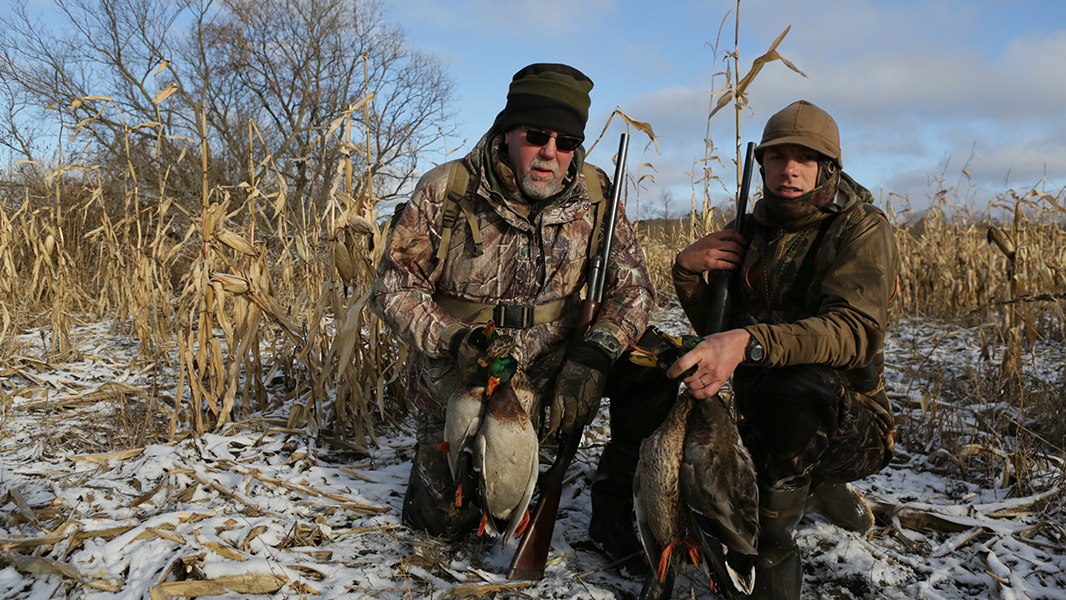

However, numbers observed are influenced by habitat conditions in our state. Over the long term, the fall and winter populations of ducks in Kansas should roughly correlate with the breeding population index for these species. Within Kansas, the type of habitat has a greater influence on the timing and species composition of the duck migration than does the location.

However, a shallow marsh near the Oklahoma border may have peak numbers in late October while a reservoir near the Nebraska border may not see maximum numbers until late December.

A common misconception is that there is a gradual movement of ducks, north to south, during the fall and early winter periods. While data summarized on a statewide basis may show a gradual buildup of ducks, the numbers observed on a particular wetland may have migration characteristics quite different from the “state average”. The mallard is king in our state, with numbers observed commonly reaching 300,000 during the second half of December.Īlthough the migration chronology of Kansas ducks varies considerably from year to year, depending on weather, there is usually a gradual increase in duck numbers beginning in late August and peaking during December or early January. Mallards are the last of the top five to arrive, peaking in late December. Northern pintail begin a major buildup in late October, with green-winged teal and gadwall arriving and peaking during the first half of November. The next major influx of migrants occurs in late October and early November. Of the five most common ducks, blue-winged teal are the first to arrive, peaking in September and early October. Kansas is about half way down the Central Flyway’s eastern tier of states, an area crossed by some of the major migration routes of ducks. The five most common ducks observed during the 14 annual surveys in Kansas include the mallard, northern pintail, green-winged teal, gadwall and blue-winged teal. This decline in Kansas duck numbers is largely due to loss of breeding habitat in Canada and states north of Kansas, aging of our reservoirs, and changing agricultural practices in our state. Generally speaking, duck numbers and harvest declined from levels experienced during the 1970’s, when an all time high of 10,015,000 ducks were reported during waterfowl surveys in 1972, and the average number observed each year (1970-79) was 5,820,000. Although 14 species of ducks are known to have nested in Kansas, the major portion of the resident breeding population, estimated at about 20,000 pairs, is composed of wood ducks, blue-winged teal and mallards.įrom 1984 through 2003 the total number of ducks reported during the 14 surveys conducted annually (two per month, September through March) on major waterfowl areas in Kansas varied from a high of 3,959,000 in 1998 to a low of 1,194,000 in 1991, and averaged approximately 2,081,000 annually. Most of the 27 species of ducks which frequent Kansas are produced in states and the Canadian provinces to the north.


 0 kommentar(er)
0 kommentar(er)
